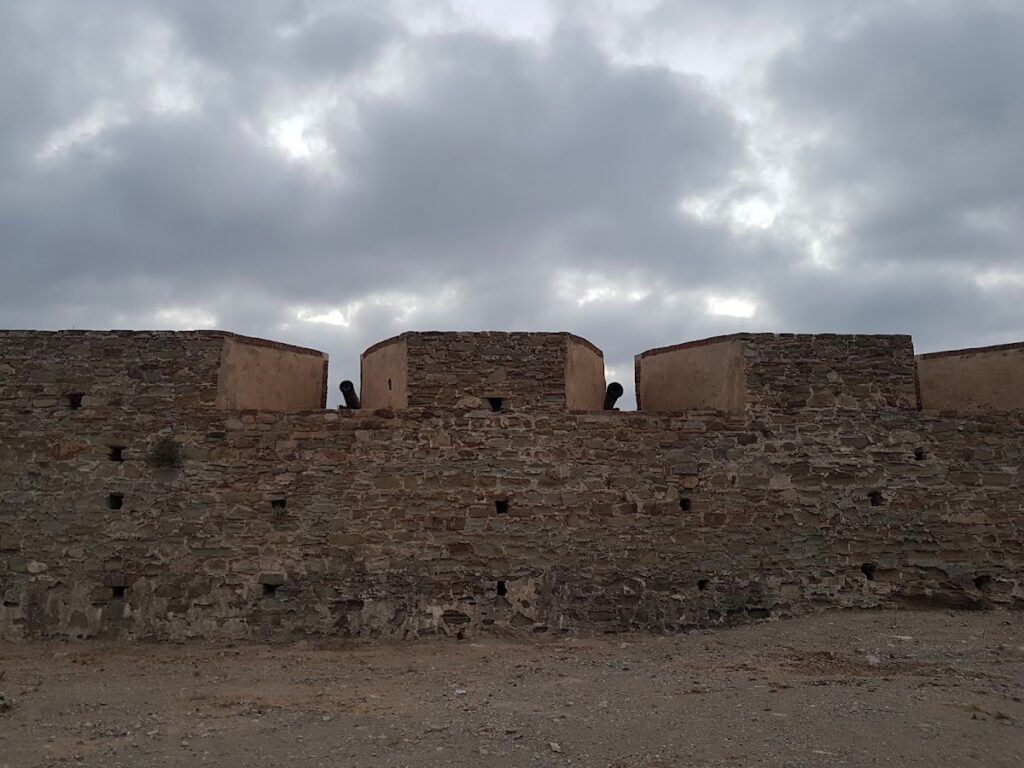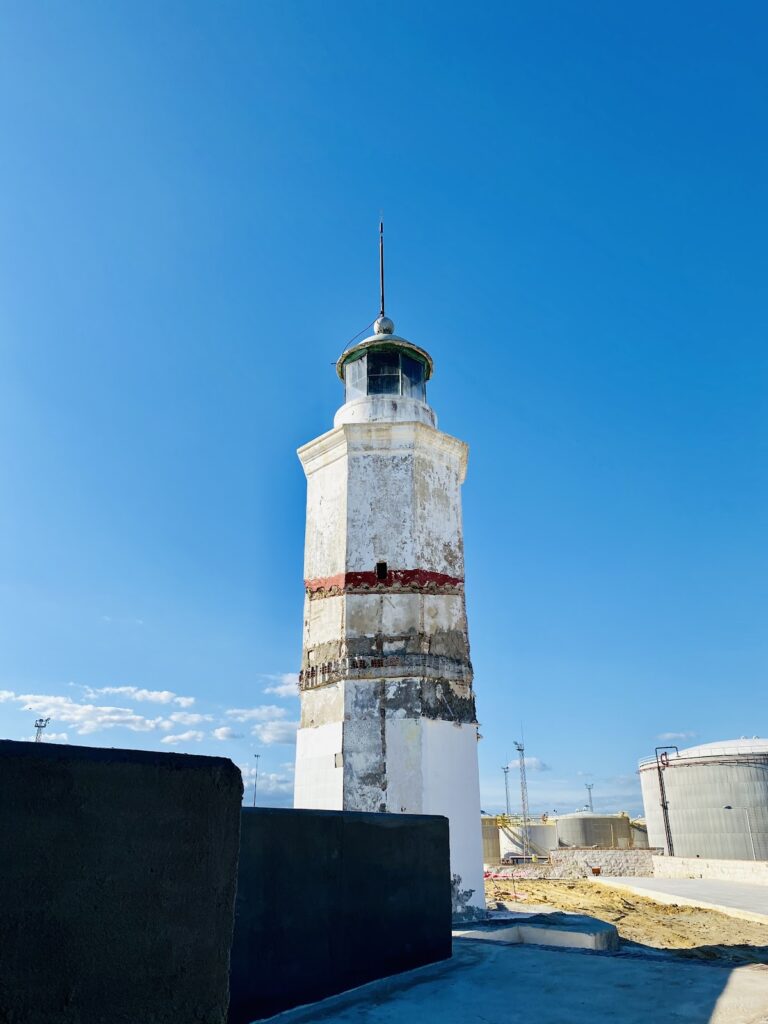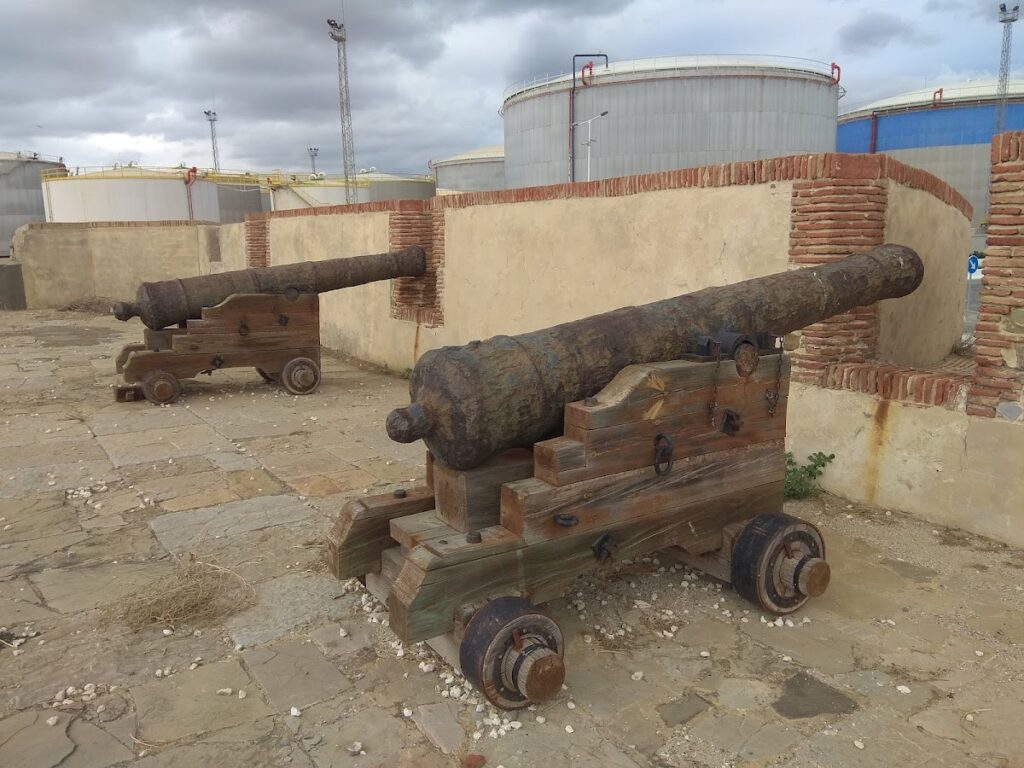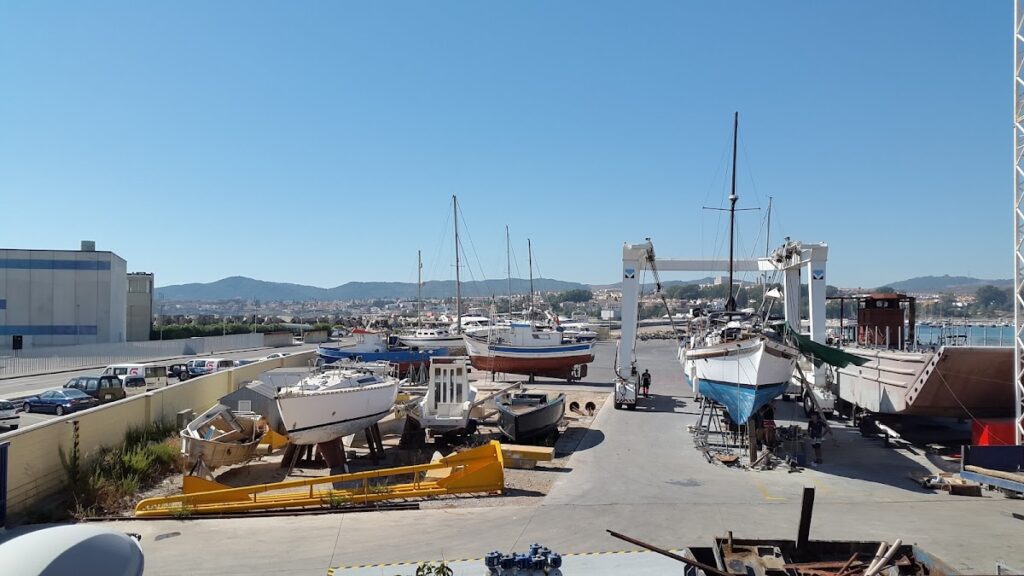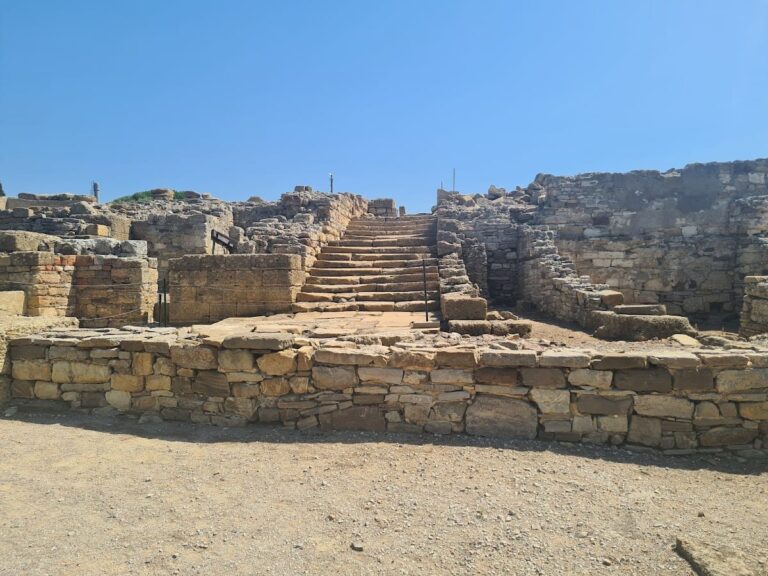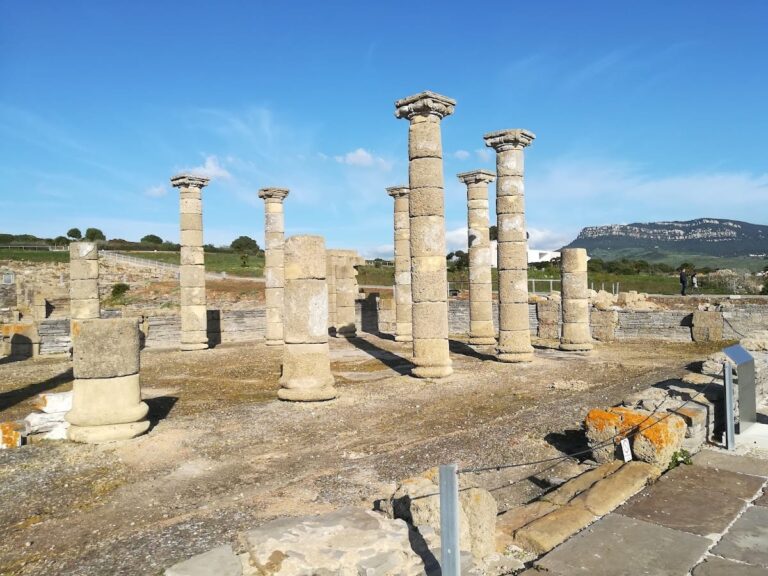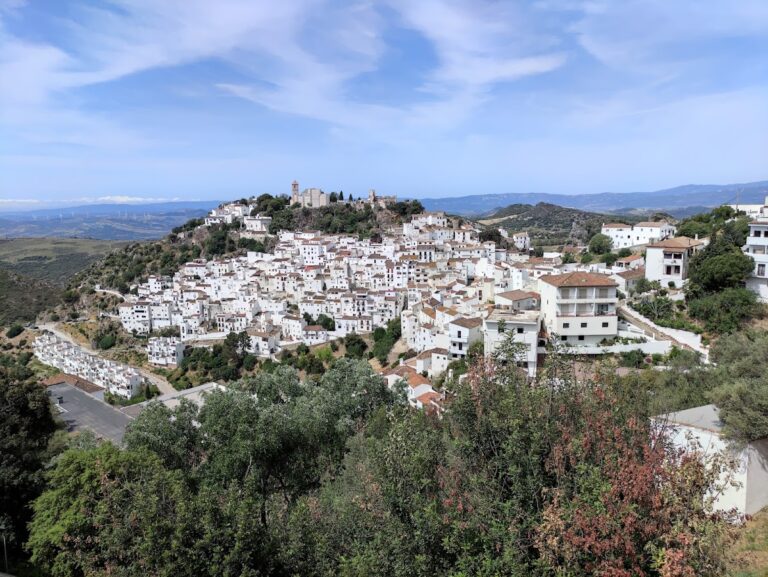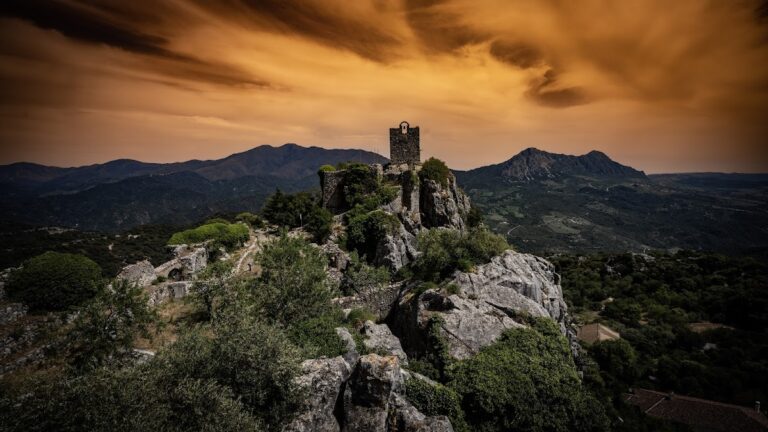Fuerte de Isla Verde: A Historic Coastal Fortification in Algeciras, Spain
Visitor Information
Google Rating: 3.6
Popularity: Very Low
Google Maps: View on Google Maps
Country: Spain
Civilization: Unclassified
Remains: Military
History
The Fuerte de Isla Verde is located on Isla Verde, a small island near the old town of Algeciras in Spain. It was built by Spanish military engineers in the early 18th century to strengthen coastal defenses following the loss of Gibraltar to British forces.
Construction began in 1734 under the direction of Juan de Subreville, a military engineer charged with designing fortifications around the Bay of Gibraltar. This stronghold was part of Spain’s effort to protect its shores and contest British control after the capture of Gibraltar in 1704. The fort’s strategic position allowed it to guard the approaches to the bay and coordinate artillery fire with nearby defenses.
In 1745, the fort underwent significant remodeling led by Lorenzo de Solís, who added a provisional artillery position known as the San Joaquín Battery near the entrance. Over the course of the 18th and early 19th centuries, the fort expanded to include five artillery batteries by 1821. These additions included multiple firing points for muskets and revamped artillery platforms designed to facilitate movement and deployment of cannons.
The Fuerte de Isla Verde played an active military role during the 1801 Battle of Algeciras, supporting French naval operations against British forces. During the fighting, British troops attempted to seize the fort but were successfully repelled, highlighting its defensive significance. Despite widespread destruction of Spanish fortifications around the Bay of Gibraltar by the British in 1810 during the Peninsular War—intended to deny their use to advancing French forces—Isla Verde Fort was spared and continued to receive reinforcements through the 19th century.
As artillery technology evolved, the fort’s military importance diminished by the early 20th century. In 1919, control shifted from military hands to the newly established Board of Harbour Works. The site was repurposed for port-related activities, including the relocation of munitions storage.
During World War II, the fort returned to active military use with the construction of two machine-gun bunkers and supporting barracks designed to house a detachment of 40 soldiers. However, the mid-20th century brought considerable changes; port expansions in the 1960s led to partial demolition of the original structures, making way for warehouses and factories.
Recognizing its historical value, the fort was designated a protected heritage site in 1985 and received special status from the Andalusian government in 1993. Archaeological excavations and partial restoration efforts carried out in 2006 by the Port Authority of Algeciras uncovered surviving walls, batteries, and barracks, allowing for the recovery of key structural elements and preserving the legacy of this coastal stronghold.
Remains
The remains of Fuerte de Isla Verde reflect its original roughly triangular shape, which matched the narrow island’s form. Constructed primarily of masonry, the fort’s perimeter was enclosed by a wall with a scarp—a steep sloping base—to guard against enemy landings along the shoreline. The fort’s single entrance was situated at the northwest corner near the beach, a vulnerable point that was strengthened over time with external defenses and reconfigured multiple times to enhance security.
At the fort’s edges stood its main artillery batteries, arranged to cover overlapping fields of fire with nearby fortifications. The Algeciras Battery (also called San Cristóbal Battery) occupied the eastern side, facing north. Measuring about 20 meters wide, it originally held four to five cannons. On the southeast side, the larger Main Battery (Santa Bárbara Battery) faced the entrance to the Bay of Gibraltar. This 40-meter-wide platform housed thirteen heavy guns and overlapped in its range with the nearby Fuerte de San García. The San García Battery, located on the western side and approximately 9 meters wide, contained two guns and had firing arcs that extended toward the Punta Rodeo shore battery.
Inside the fort, several buildings once provided accommodation and storage. Living quarters next to the Algeciras Battery could house up to seventy soldiers, including separate areas allocated for officers and enlisted men. Nearby lay a storeroom used for provisions. Adjacent to the San García Battery were the gunners’ barracks and an artillery storage facility containing gun carriages and spare parts, protected by a large masonry shoulder (known as an “espaldón”) designed to shield against enemy cannon fire.
Centrally located on the island was the main magazine, a heavily fortified structure with thick walls intended to reduce the risk of explosions from incoming projectiles or accidental detonation. A nearby well provided fresh drinking water to the garrison.
In 1810, a triangular-shaped entrance building was erected close to the San Joaquín Battery, which had first been added as a provisional firing position in 1745. Later adaptations included the construction of the Green Island Lighthouse (Faro de Isla Verde) in 1863, which was built atop the now-defunct San García Battery, further altering the site’s profile.
World War II brought new wartime modifications. Two bunkers equipped with machine-gun emplacements were constructed, along with a cylindrical anti-aircraft machine gun position. A barracks and kitchen were also built to support the 40-soldier detachment stationed there during this period.
Despite extensive demolition and modification during the 20th century as part of port expansion, archaeological investigations in 2006 revealed sections of original curtain walls, batteries, and living quarters. Restoration work focused on recovering the northern embrasure of the main battery, where original paving made of Tarifa stone remains visible, as well as segments of the southern wall and one of the bunkers complete with its attached anti-aircraft structure. These preserved elements offer insight into the fort’s layered history and evolving military architecture over nearly three centuries.

